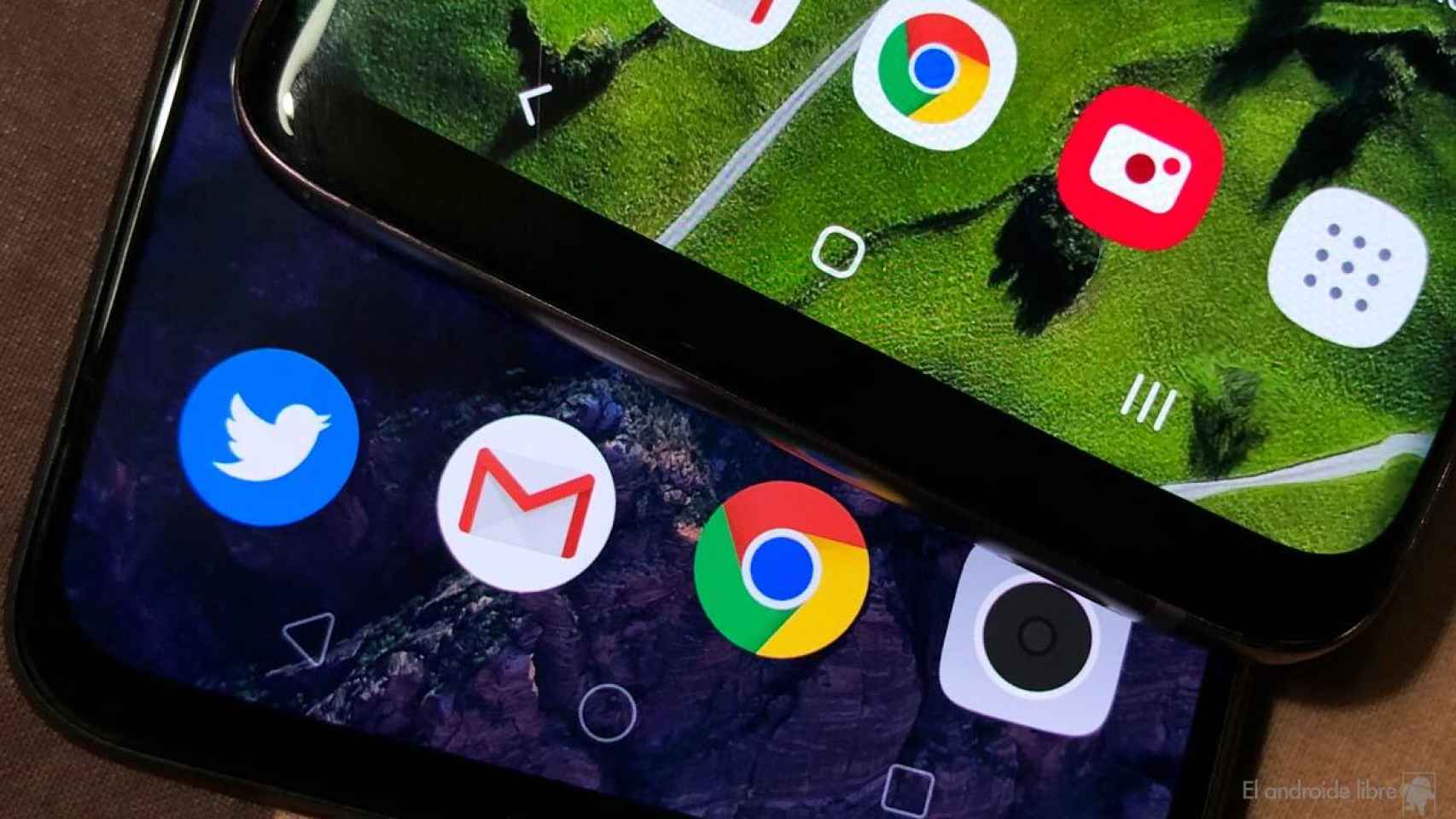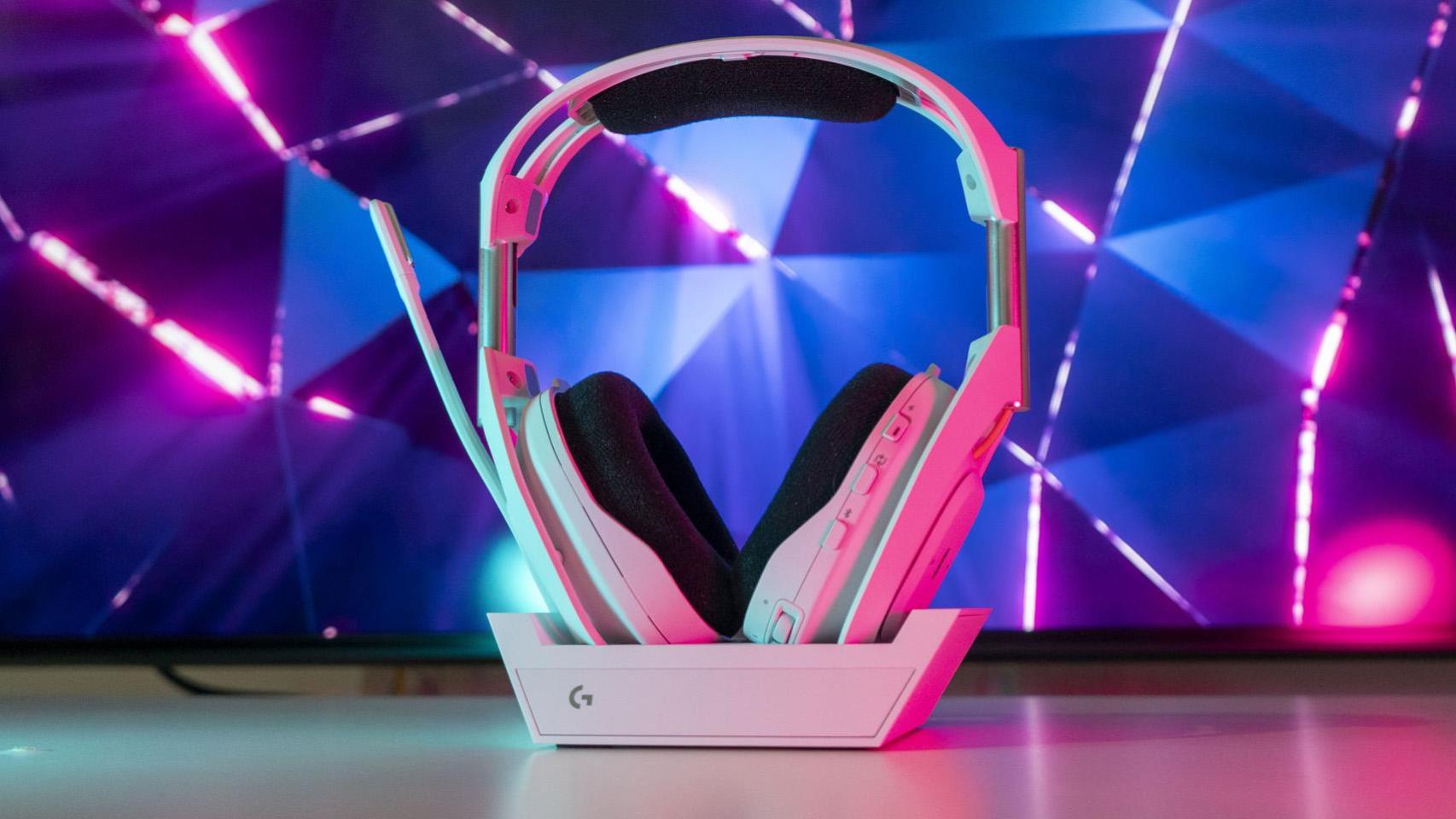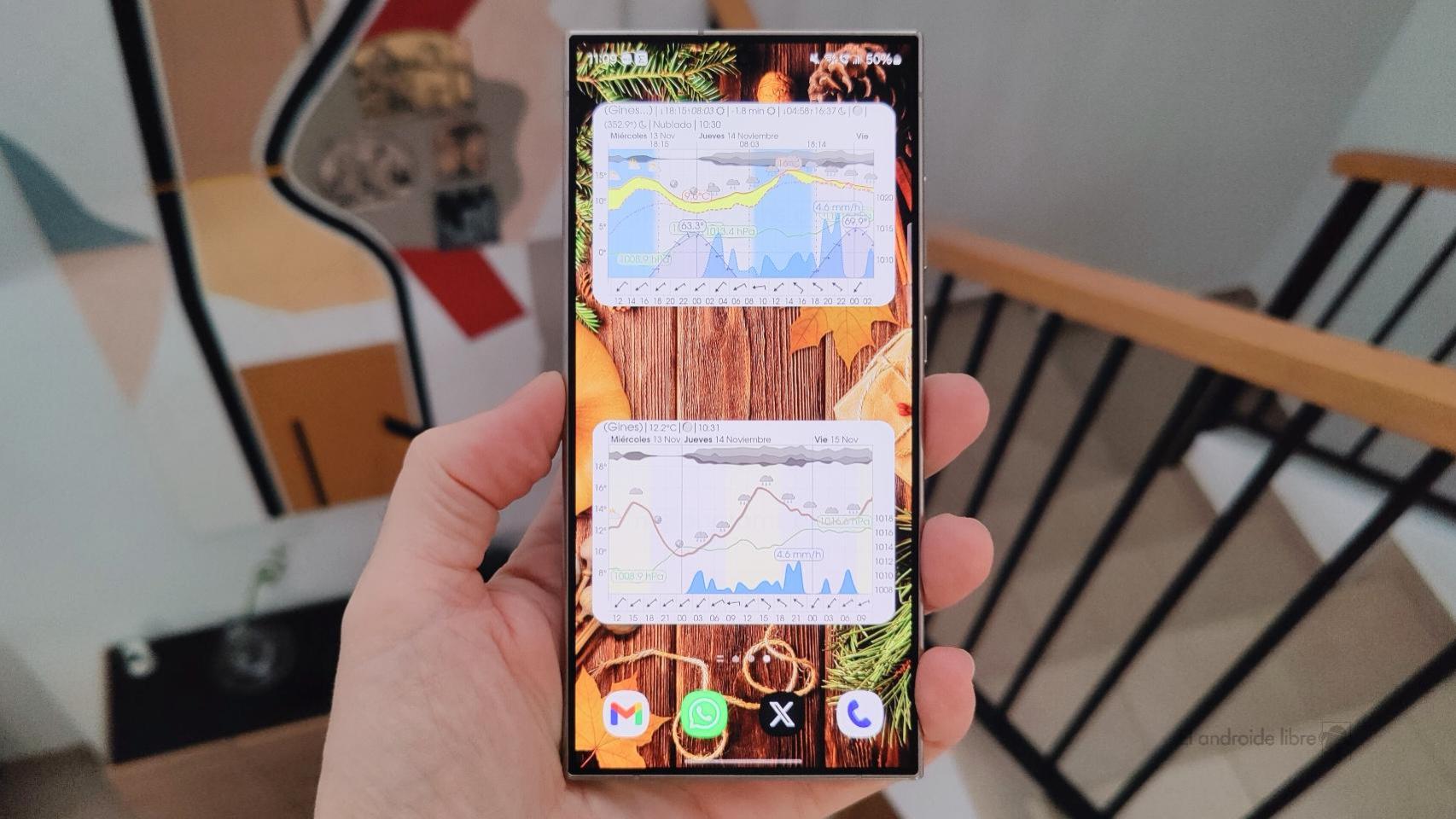Android phones have been present in the lives of many people in Europe for over 10 years. These devices evolved greatly during this period and became Essential gadgets for work and play of many people. However, they have an expiration date, and whether on a whim or out of necessity, you have to change your smartphone from time to time.
Google has a device manager capable of providing information on the status of each of the mobile phones, tablets and even headphones with Fast Pair that have been associated with your Google account. However, if the device has never been cleaned, The first purchased androids may appear later.
Fortunately, Google allows you to reduce this list in order to facilitate the management of each of the registered devices and thus have an up-to-date file. We just need to eliminate smartphones that we no longer have or that are so old that they will no longer be used.
How to delete devices
To do this, simply go to the Google application and click on the profile photo then click on the Manage your Google account button. There you need to go to the Security section, and once there, click on the button Your devices, which will open the administration menu.
Here you can see all the mobile phones, tablets and even computers and browsers on which you have logged in – and have not yet logged out -, so that, In each of them you can still access information such as emailsdata saved in applications and even certain account settings.
Google devices
Free Android
Therefore, if the device is no longer to be used, it is best to delete it from here, and if at any time it is necessary, which is generally unlikely, sign in with the Google account on it. If it is used with some regularity, there is nothing wrong with it appearing here, as this process will not need to be repeated.
Beyond deleting old devices, it’s a good way to find out if unauthorized people have your Google account on their mobile or tablet. If you do not recognize any of the devices that appear in this list, it is best to change the password, which will close the accounts on the devices, forcing them to enter the new chosen password.









